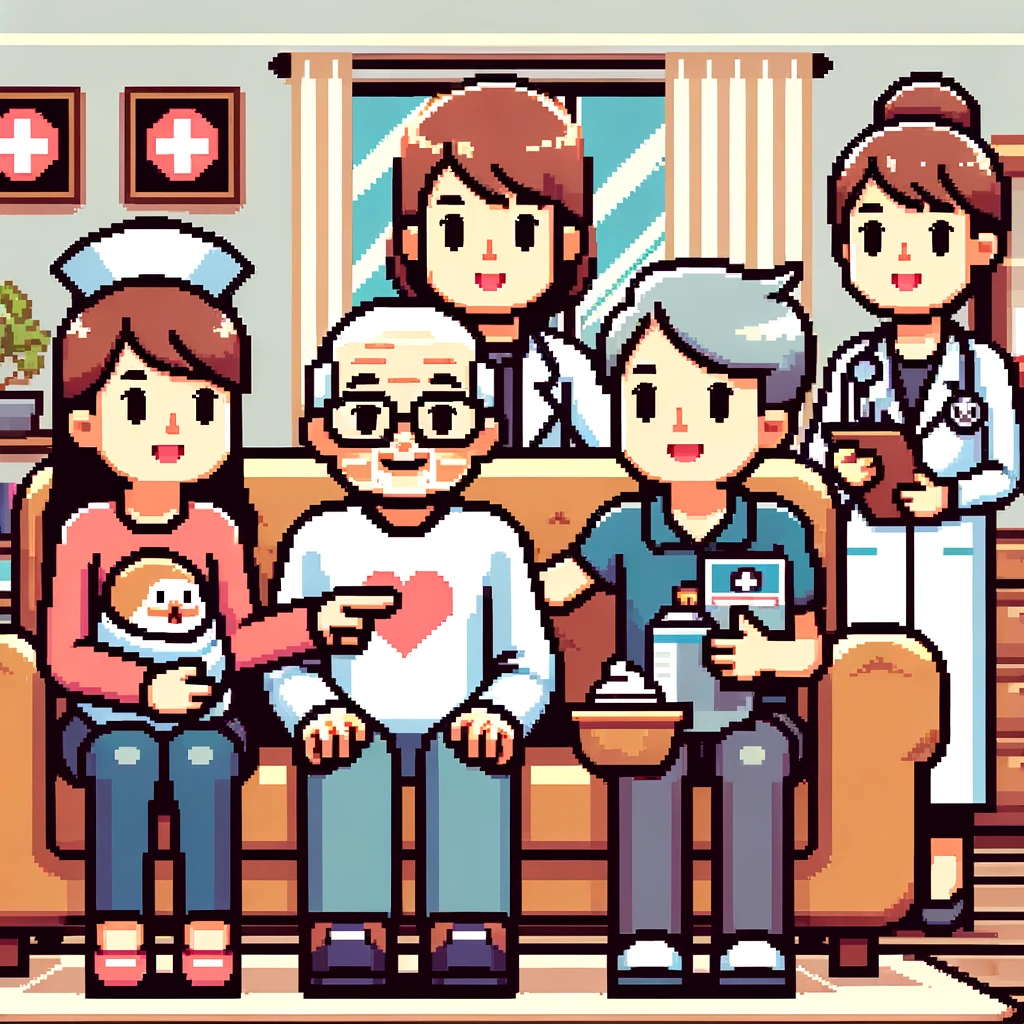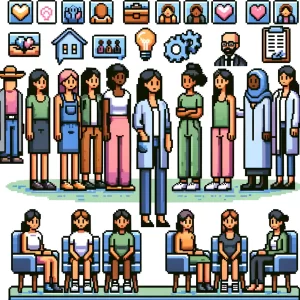
The High Cost of Life’s Final Months
Imagine you’re walking through the final chapters of a loved one’s life. You’re managing hospital visits, doctor appointments, and home care, all while trying to provide comfort and dignity. This scenario is emotionally and physically draining, but it’s also a significant financial burden on the healthcare system. Understanding how healthcare resources are used and the associated costs during the last months of life is crucial for making informed decisions about resource allocation. A recent study from Norway sheds light on this critical issue, providing valuable insights for healthcare planners and policymakers worldwide.
Understanding Healthcare Use and Costs
This comprehensive study analyzed data from over 207,000 individuals who died in Norway between 2009 and 2013. Researchers aimed to provide a detailed picture of healthcare use and costs during the last six months of life, covering all causes of death and all levels of formal care—primary, secondary, and home- and community-based care.
What the Study Found
- Total Costs and Resource Use: On average, individuals used healthcare resources equivalent to €46,000 during their last six months of life. The costs varied significantly depending on the cause of death, ranging from €32,000 for injuries to €64,000 for diseases of the nervous system.
- Levels of Care: The majority (63%) of healthcare resources were used in home- and community-based care, such as in-home nursing and nursing home care. Secondary care, primarily hospital care, accounted for 35% of the costs, while primary care (general practitioners) made up just 2%.
- Variation by Cause of Death: The study revealed significant differences in resource use based on the cause of death. For example, cancer patients utilized more secondary care (hospital treatments), while individuals with mental diseases like dementia relied heavily on home- and community-based care.
- Impact of Age: Age also plays a crucial role in healthcare use. Individuals aged 80 and older used more home- and community-based care (77%) compared to those younger than 80 (40%), who relied more on secondary care.
- Time to Death: As death approached, healthcare use intensified. Nearly 40% of all end-of-life healthcare costs were incurred in the last month of life, regardless of the cause of death.
The Significance of the Research
This study fills a crucial knowledge gap by providing a comprehensive overview of healthcare use and costs for all causes of death, not just specific diseases like cancer. This broader perspective is essential for making informed decisions about resource allocation in publicly funded healthcare systems.
Implications for Decision-Makers
- Resource Allocation: The findings can help healthcare planners allocate resources more efficiently, ensuring that the right level of care is available for different patient groups.
- Policy Development: Policymakers can use this data to develop policies that address the specific needs of various patient groups, particularly those with high resource needs like dementia patients.
- Future Planning: Understanding these patterns can help anticipate future healthcare needs, especially as the population ages and the prevalence of chronic diseases like dementia increases.
A Closer Look at Dementia Care
Dementia, a progressive mental disease, is particularly resource-intensive. The study found that individuals with dementia used an above-average amount of healthcare resources, with approximately 90% of these resources being home- and community-based care. This insight is critical as the number of people living with dementia is expected to rise significantly in the coming decades.
Global Perspective
While the study is based on data from Norway, its findings are relevant globally. Countries with similar healthcare systems can use these insights to improve their own resource allocation and care strategies. The detailed breakdown of costs and care levels provides a valuable template for other nations to follow.
Let us know your thoughts!
- How can healthcare systems balance the emotional and financial costs of end-of-life care while ensuring patients receive the best possible care?
- What strategies can be implemented to support caregivers, both professional and informal, who play a crucial role in home- and community-based care?
Conclusion
Understanding healthcare use and costs in the last months of life is vital for making informed decisions that ensure the efficient use of limited healthcare resources. This study from Norway provides a comprehensive look at these costs, highlighting significant variations based on the cause of death, age, and proximity to death. By addressing these knowledge gaps, we can better prepare for future healthcare needs and ensure that resources are allocated where they are most needed.
Boost Your Public Health Knowledge – Subscribe and Make a Difference!
Unlock important knowledge with “This Week in Public Health.” Each issue has insights on key research, community health successes, and tips for advocacy. Don’t just learn about change – drive it. Subscribe for free and start making an impact with every issue!
About the Author
Jon Scaccia, with a Ph.D. in clinical-community psychology and a research fellowship at the US Department of Health and Human Services with expertise in public health systems and quality programs. He specializes in implementing innovative, data-informed strategies to enhance community health and development. Jon helped develop the R=MC² readiness model, which aids organizations in effectively navigating change.



